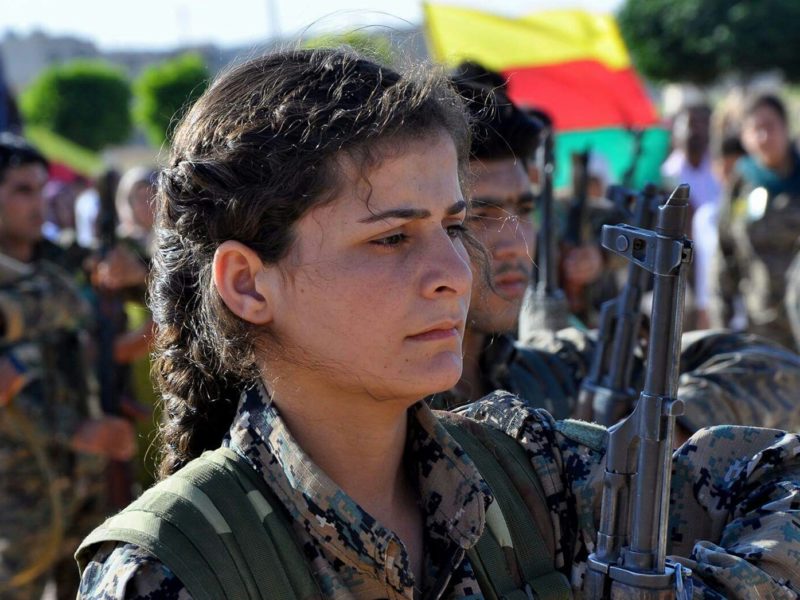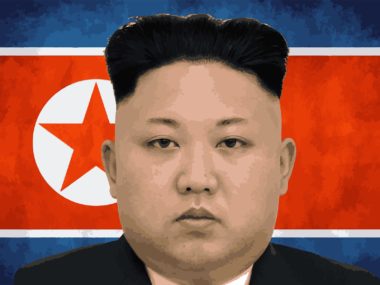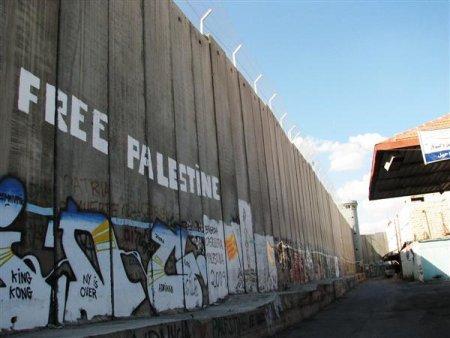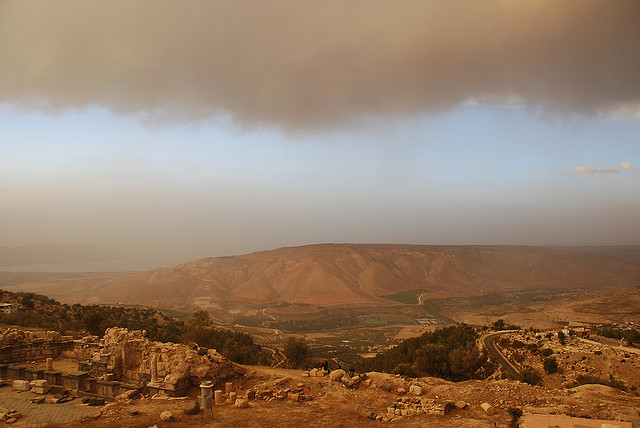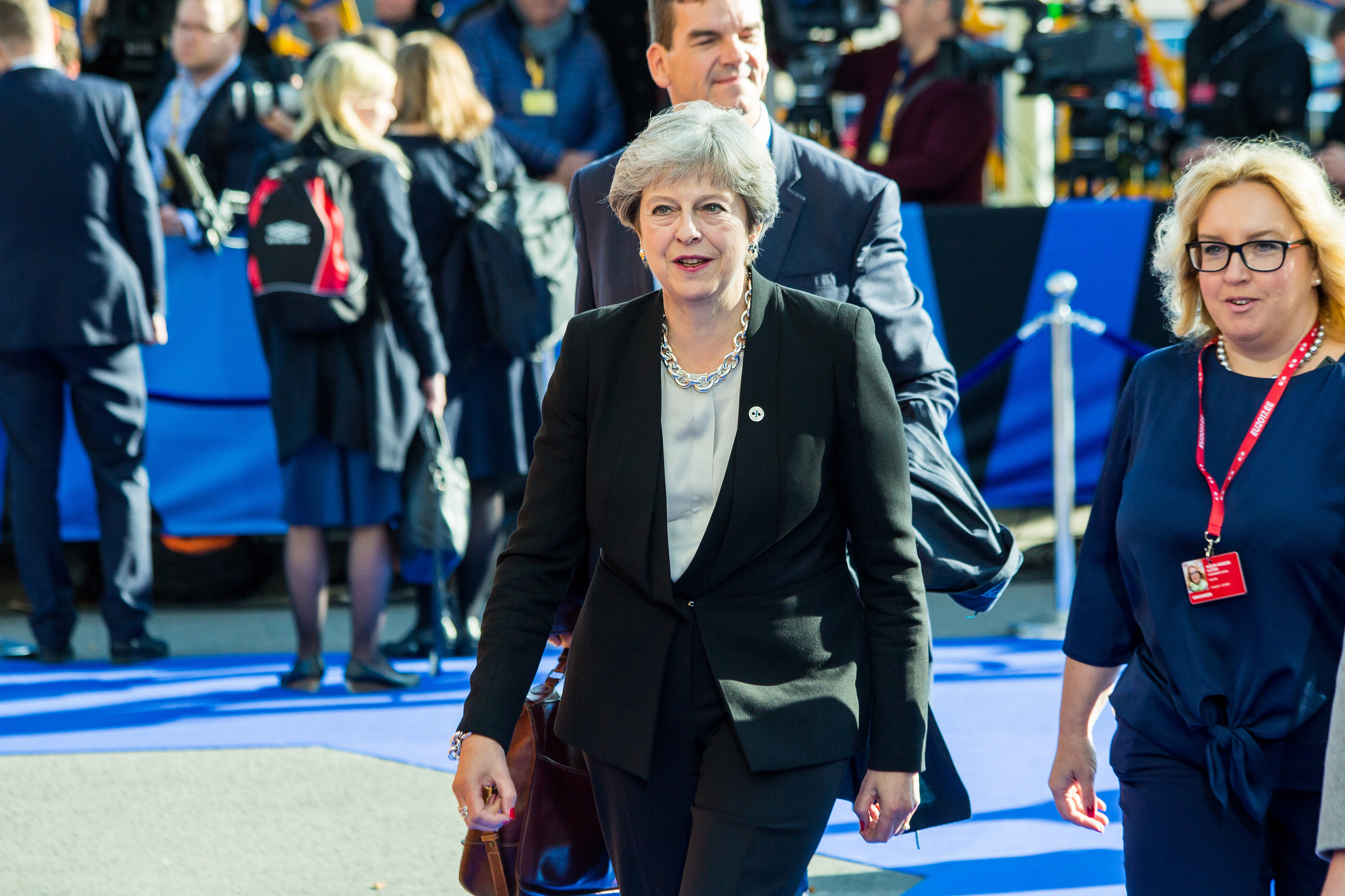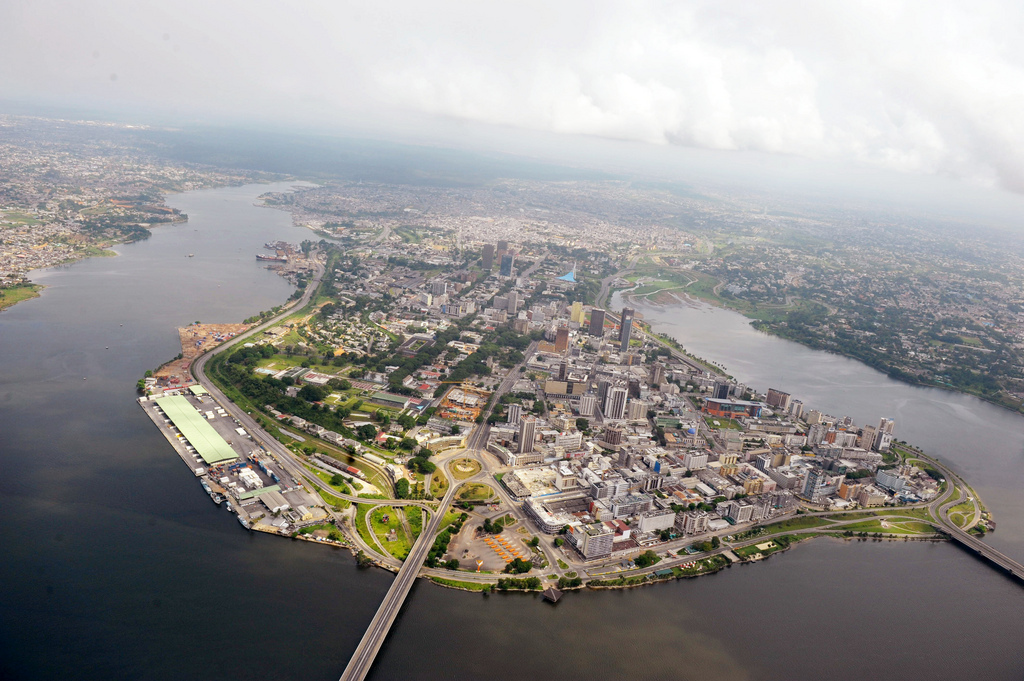By guest contributor Sam Biasi and permanent contributor Peter Krause
In September 2017, the Kurdistan Regional Government (KRG) in northern Iraq held an independence referendum. It passed—with 92 percent of its inhabitants voting yes. Although the Iraqi government in Baghdad denied this democratic demand for formal sovereignty—recapturing oil fields and cities the KRG had occupied—it was arguably the closest the Kurds had ever come to forming a state.
Around the same time, miles away on the Turkish-Iraqi border, the Kurdistan Worker’s Party (PKK) was being bombarded by the Turkish military in retaliation for guerilla attacks on Turkish police and military. The PKK, however, is not vying for an independent Kurdish state. Their jailed leader, Abdullah Öcalan, instead believes that Kurdish rights can be realized through local autonomy, rather than formal independence, in a “democratic, constitutional solution.”
The KRG and PKK represent two distinct visions for the future of Kurdish politics: nationalism and communalism. The demands of nationalist Kurds generally range from constitutional autonomy to formal statehood, and include the pursuit of rights specific to ethnic Kurds guaranteed by an explicitly Kurdish polity based on the principles of the highly centralized, capitalist, liberal democratic nation-state. The most prominent nationalist Kurdish groups include the Kurdistan Democratic Party (KDP) and the Patriotic Union of Kurdistan (PUK)—which have dominated the Kurdistan Regional Government since its inception—and the Syria-based Kurdish National Council (KNC).
Communalist Kurds have fought to create political autonomy through communal ownership and decentralized, direct democracy, achieved without forming a new centralized state or proto-state. The PKK was the progenitor of this ideology but has seen little success in implementing it. In Syria, the Democratic Union Party (PYD) and its proto-state project, the Autonomous Administration of North and East Syria (NES or “Rojava”), have established numerous locally autonomous municipalities and a functioning, decentralized government based on the tenets of the PKK’s communalism.
Recent scholarship suggests that the road to victory differs depending on the objective. If the goal is independence, then a hegemonic movement with one dominant organization will best achieve it by making clear, unified demands and mustering the organizational capacity to leverage the movement’s full support against the state. Fragmented movements—like that of the PYD and KNC in Syria—are the least likely to gain independence. The Vietnamese, Eritrean, and South Sudanese national movements failed for decades until they became hegemonic, with one dominant organization that imposed unity of purpose and subsequently won independence.
If, however, the goal is that of the communalists—semi-autonomous communal democracy—then a movement with multiple significant groups (united or fragmented) may be more likely to gain concessions from a state and transition to a pluralist society. Fragmented movements in countries from Bangladesh to Russia have received concessions towards autonomy as part of strategies by the government to forestall larger gains and further divide the movement. The resolution of intra-Kurdish strife will be critical for the future of Kurdistan, but the winning strategy for the Kurds in terms of internal movement relations—cohesion via domination or cooperation among equals—depends on the ultimate objective.
The New Generation of Kurdish Politics
The PKK and the KRG parties have operated in different countries for the majority of their existence, the PKK in Turkey and the KRG parties in Iraq, with each group’s objectives limited to Turkey or Iraq respectively. But with the advent of the Syrian Civil War in 2011, the Kurdish parties in Syria—the communalist PYD and the nationalist KNC—began competing in the same state. At first, in 2012, the PYD and KNC met in Erbil under KRG auspices and agreed to cooperate. But disputes over the PYD’s unilateral implementation of democratic autonomy—as well as the KNC’s relationship with Turkey and the PYD’s loose, unofficial ties with Assad—prevented the agreement from being implemented.
After the collapse of the Erbil agreement, the PYD formed the Autonomous Administration of North and East Syria (NES). On the ground, this meant most Kurdish urban centers were under direct democratic councils, economic production was converted into democratically operated cooperatives, and new legal and educational institutions uplifted the rights of women and minority groups in northern Syria. The PYD also cracked down on the KNC, exiling their president, closing many of its offices, and arresting a number of KNC leaders. The KNC has at times condemned the PYD declaration of federal autonomy, claimed their goal is political federal autonomy, and later claimed to support administrative federal autonomy.
These communalist victories were complicated by American abandonment of the PYD and Turkey’s 2019 invasion and occupation of northern Syria. Without foreign support, the PYD turned to the Assad regime; Syrian troops were invited into the NES to deter future Turkish intervention. The KNC denounced the Turkish intervention but remained involved in the Turkish-backed Syrian opposition councils. The tension from these opposing allies is derived from their ideological differences: Turkey has no problem cooperating with the nationalist KRG, but has used military force to prevent even the possibility of a formal communalist autonomous region. This remains unresolved, despite a new round of US-backed negotiations between the KNC and PYD.
The Future of the Kurds in Syria and Beyond
The best hope for a united Kurdish front appears to be the current KNC-PYD negotiations in Syria: anonymous reports indicate that the two parties have already agreed on a vision for a federal framework, constitutional recognition of Kurdish rights, and the establishment of democracy in Syria. Though this seems promising, the disagreements between communalist and nationalist Kurds run far deeper than these issues, which have almost always been points of agreement between the two.
The success of these negotiations will rely on two factors. First, both parties will have to resolve what a federalized Kurdish region in Syria will be—will it continue to be the communalist NES, or reform into a more a traditional nation-state model like the KRG? Given the empowered decentralized political units across the NES, reform will be no easy task without significant coercion. Can two contradictory visions for the region and Kurds be synthesized? It seems for now that communalist and nationalist objectives are fundamentally at odds; a nation-state cannot survive while constituted by fully politically independent municipalities. Second, negotiations depend on the resolution of the current PKK-KRG dispute and the Syrian-Turkish conflict. If the current tensions erupt into military confrontation, the PYD and KNC could be forced to take sides. Similarly, the two parties’ respective sponsors—Syria and Turkey—could prevent an agreement for their interests.
Will the Syrian Kurds be able to achieve formal autonomy? The creation of the NES as a distinct administrative unit with developed extra-state institutions in a moderately divided state bodes well for their chances of successfully negotiating with the Assad regime. If the KNC and PYD remain at odds, however, the Assad regime will likely seize on the division to provide limited concessions, which may be more acceptable to the communalists than the nationalists. If the Syrian Kurds seek larger nationalist gains, they need to pursue a singular vision for Rojava—under a single banner. Whatever the outcome, Syria will likely continue to be the ideological and physical battlefield between competing visions for the Kurds.
Sam Biasi is a PhD student in International Politics at Boston College researching civil wars and terrorism in the Levant. Peter Krause is an Associate Professor of Political Science at Boston College and a permanent contributor to Political Violence At A Glance.

